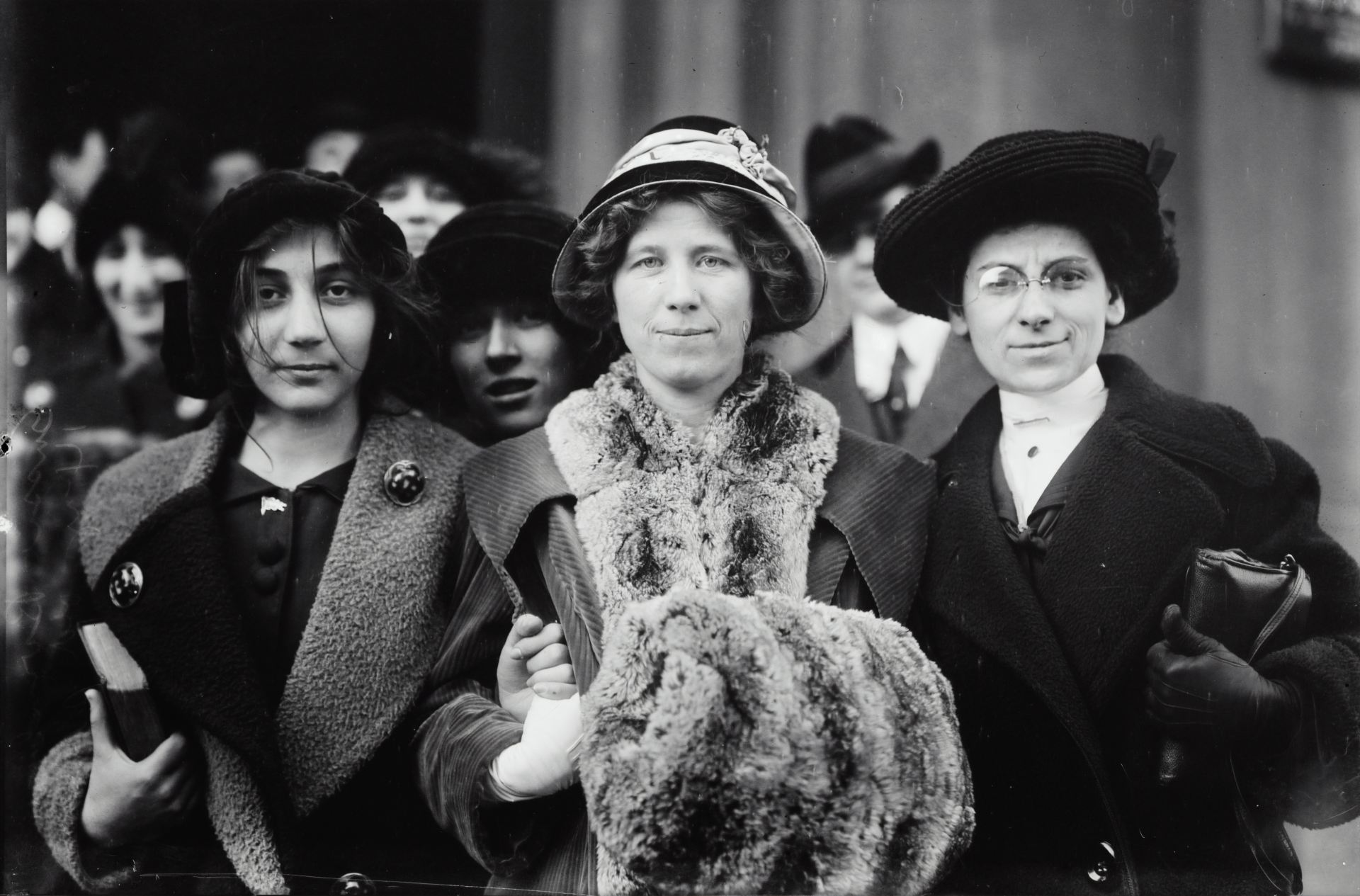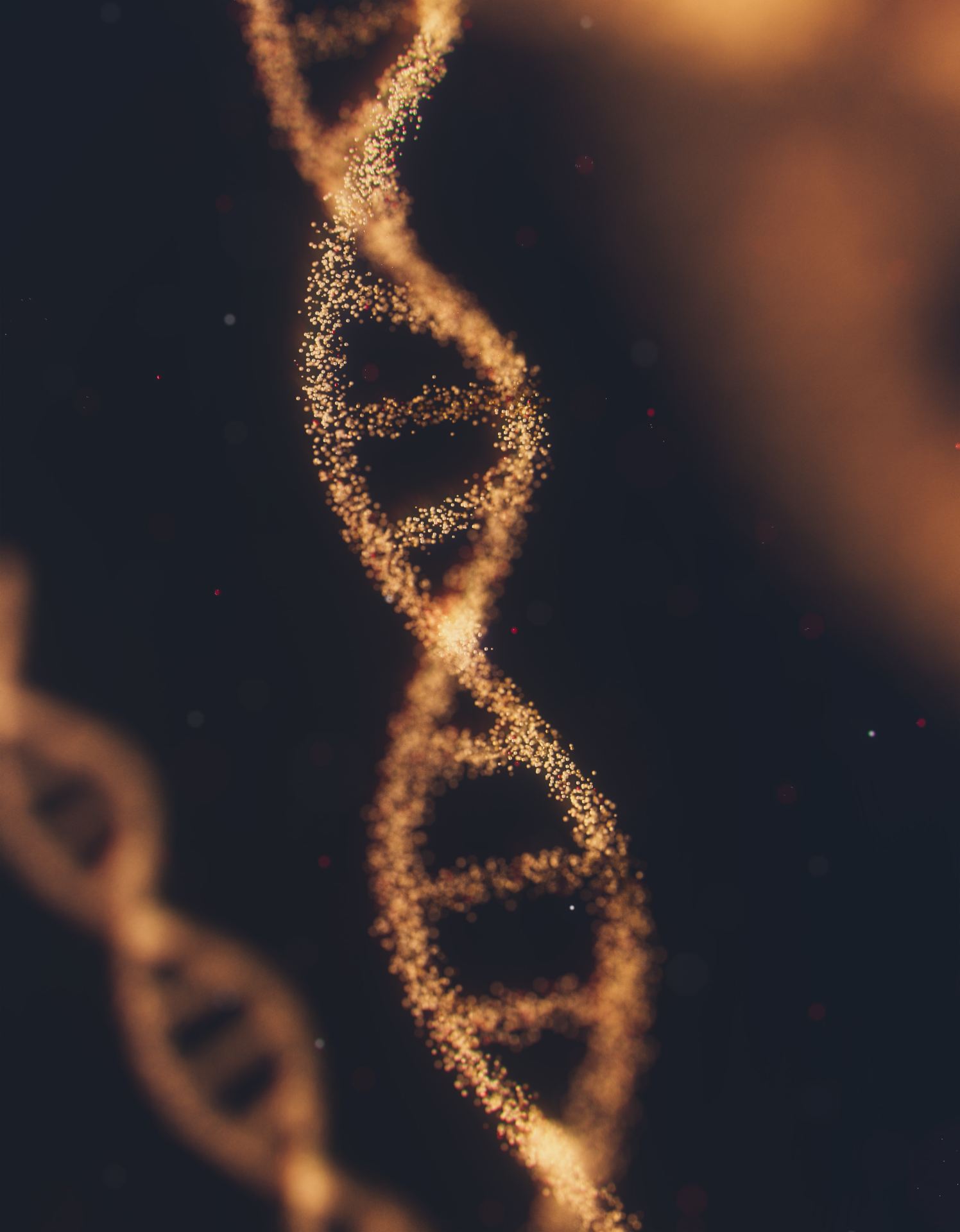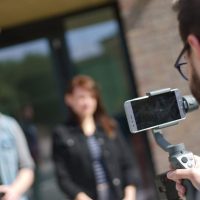
Inspiring women in the humanities and S.T.E.M
Every year, there are talented girls and women across the country who choose not to study certain subjects or not to be ambitious in their goals. The reasons are varied – some lack confidence, some don’t want to be in a classroom full of men, and some don’t see themselves as people holding positions of power.
Not having women working in all sectors isn’t just an issue of political correctness, but is also a waste of talent. It means there are individuals working in low-skilled jobs who could be doctors, engineers or authors. There are lives that aren’t being saved, bridges that aren’t being built, and ideas that aren’t being spread.
One solution to this problem is to remember and celebrate women who broke the mould in the past.
Nellie Bly
When you look at the old and black-and-white photos of women, it’s easy to think they all lived sheltered, boring lives. Nellie Bly was an example of the opposite!
Angered by the way women were being written for in nineteenth-century newspapers, Bly became a journalist who wrote stories from a new perspective. After being given assignments in gardening and fashion, Bly decided she needed to be bold. In an effort to reveal how mental patients were being treated, Bly had herself submitted to an asylum.
This was one of the first examples of what is now known as stunt journalism. Bly made a career out of these stunts by stories like getting herself arrested to show the treatment of woman prisoners, spending time with a chorus girl, or even travelling the world in 72 days.
A suffragette and a celebrity, though she was a journalist with her name in headlines, Bly wrote stories with empathy for her subjects, reminding her readers a person was more than their label.

Rosalind Franklin
Rosalind Franklin played a vital role in discovery of DNA. Working as an X-ray crystallographer, Franklin took the first X-ray images of DNA, helping scientists understand the double helix structure we all recognise today.
The discovery of DNA has helped to provide a fundamental understanding of the genetic material that is responsible for the inheritance of traits from one generation to the next, which then led to new insights into the genetic basis of disease and the identification of specific genes associated with hereditary diseases like Alzheimer’s disease or Huntington’s disease.
Proving that certain diseases are hereditary meant patients could prepare for diseases they would have later in life. Like many women of her time, Franklin’s contributions to science were largely unacknowledged until after her death.

Ada Lovelace
Nowadays, people refer to algorithms as if they control our lives, tailoring the headlines we read and the content we consume, but in the nineteenth century having a machine follow specific instructions was a unique concept pioneered by Ada Lovelace!
Ada was a mathematician and a writer of the time. Lovelace wrote the first algorithm intended to be processed by a machine. She then went on to work on Charles Babbage’s Analytical Engine, an early mechanical computer design, and she was one of the first to share the idea that a machine could carry out a process that could be described using symbols alone.





